Sichen Li
MiniMax-M1: Scaling Test-Time Compute Efficiently with Lightning Attention
Jun 16, 2025Abstract:We introduce MiniMax-M1, the world's first open-weight, large-scale hybrid-attention reasoning model. MiniMax-M1 is powered by a hybrid Mixture-of-Experts (MoE) architecture combined with a lightning attention mechanism. The model is developed based on our previous MiniMax-Text-01 model, which contains a total of 456 billion parameters with 45.9 billion parameters activated per token. The M1 model natively supports a context length of 1 million tokens, 8x the context size of DeepSeek R1. Furthermore, the lightning attention mechanism in MiniMax-M1 enables efficient scaling of test-time compute. These properties make M1 particularly suitable for complex tasks that require processing long inputs and thinking extensively. MiniMax-M1 is trained using large-scale reinforcement learning (RL) on diverse problems including sandbox-based, real-world software engineering environments. In addition to M1's inherent efficiency advantage for RL training, we propose CISPO, a novel RL algorithm to further enhance RL efficiency. CISPO clips importance sampling weights rather than token updates, outperforming other competitive RL variants. Combining hybrid-attention and CISPO enables MiniMax-M1's full RL training on 512 H800 GPUs to complete in only three weeks, with a rental cost of just $534,700. We release two versions of MiniMax-M1 models with 40K and 80K thinking budgets respectively, where the 40K model represents an intermediate phase of the 80K training. Experiments on standard benchmarks show that our models are comparable or superior to strong open-weight models such as the original DeepSeek-R1 and Qwen3-235B, with particular strengths in complex software engineering, tool utilization, and long-context tasks. We publicly release MiniMax-M1 at https://github.com/MiniMax-AI/MiniMax-M1.
MiniMax-01: Scaling Foundation Models with Lightning Attention
Jan 14, 2025Abstract:We introduce MiniMax-01 series, including MiniMax-Text-01 and MiniMax-VL-01, which are comparable to top-tier models while offering superior capabilities in processing longer contexts. The core lies in lightning attention and its efficient scaling. To maximize computational capacity, we integrate it with Mixture of Experts (MoE), creating a model with 32 experts and 456 billion total parameters, of which 45.9 billion are activated for each token. We develop an optimized parallel strategy and highly efficient computation-communication overlap techniques for MoE and lightning attention. This approach enables us to conduct efficient training and inference on models with hundreds of billions of parameters across contexts spanning millions of tokens. The context window of MiniMax-Text-01 can reach up to 1 million tokens during training and extrapolate to 4 million tokens during inference at an affordable cost. Our vision-language model, MiniMax-VL-01 is built through continued training with 512 billion vision-language tokens. Experiments on both standard and in-house benchmarks show that our models match the performance of state-of-the-art models like GPT-4o and Claude-3.5-Sonnet while offering 20-32 times longer context window. We publicly release MiniMax-01 at https://github.com/MiniMax-AI.
Forecasting Particle Accelerator Interruptions Using Logistic LASSO Regression
Mar 15, 2023Abstract:Unforeseen particle accelerator interruptions, also known as interlocks, lead to abrupt operational changes despite being necessary safety measures. These may result in substantial loss of beam time and perhaps even equipment damage. We propose a simple yet powerful binary classification model aiming to forecast such interruptions, in the case of the High Intensity Proton Accelerator complex at the Paul Scherrer Institut. The model is formulated as logistic regression penalized by least absolute shrinkage and selection operator, based on a statistical two sample test to distinguish between unstable and stable states of the accelerator. The primary objective for receiving alarms prior to interlocks is to allow for countermeasures and reduce beam time loss. Hence, a continuous evaluation metric is developed to measure the saved beam time in any period, given the assumption that interlocks could be circumvented by reducing the beam current. The best-performing interlock-to-stable classifier can potentially increase the beam time by around 5 min in a day. Possible instrumentation for fast adjustment of the beam current is also listed and discussed.
Review of Time Series Forecasting Methods and Their Applications to Particle Accelerators
Sep 21, 2022
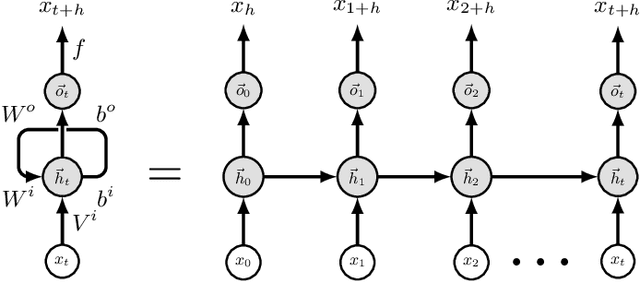
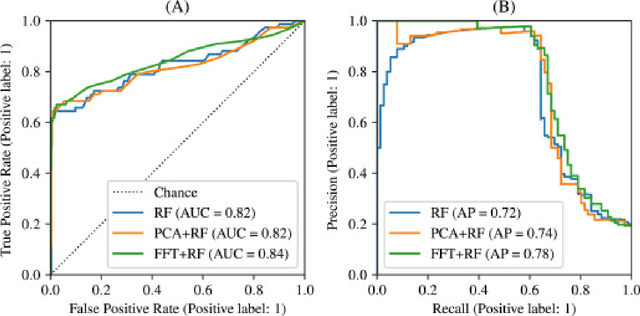
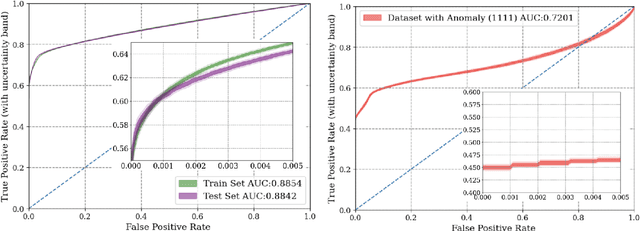
Abstract:Particle accelerators are complex facilities that produce large amounts of structured data and have clear optimization goals as well as precisely defined control requirements. As such they are naturally amenable to data-driven research methodologies. The data from sensors and monitors inside the accelerator form multivariate time series. With fast pre-emptive approaches being highly preferred in accelerator control and diagnostics, the application of data-driven time series forecasting methods is particularly promising. This review formulates the time series forecasting problem and summarizes existing models with applications in various scientific areas. Several current and future attempts in the field of particle accelerators are introduced. The application of time series forecasting to particle accelerators has shown encouraging results and the promise for broader use, and existing problems such as data consistency and compatibility have started to be addressed.
A Novel Approach for Classification and Forecasting of Time Series in Particle Accelerators
Feb 01, 2021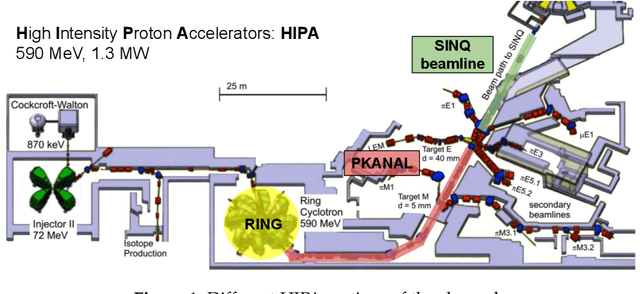

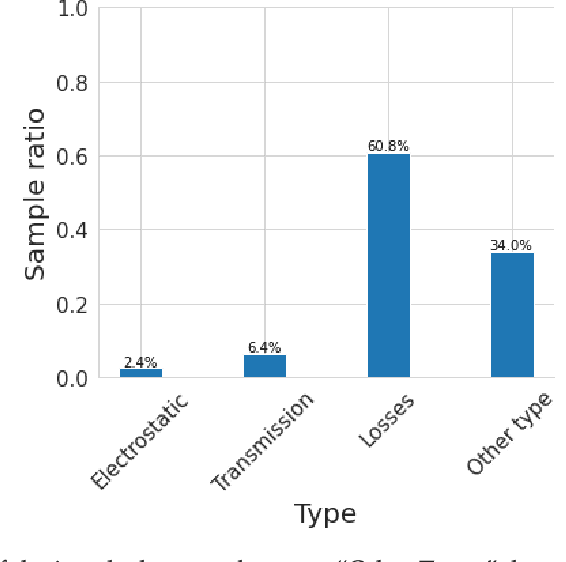

Abstract:The beam interruptions (interlocks) of particle accelerators, despite being necessary safety measures, lead to abrupt operational changes and a substantial loss of beam time. A novel time series classification approach is applied to decrease beam time loss in the High Intensity Proton Accelerator complex by forecasting interlock events. The forecasting is performed through binary classification of windows of multivariate time series. The time series are transformed into Recurrence Plots which are then classified by a Convolutional Neural Network, which not only captures the inner structure of the time series but also utilizes the advances of image classification techniques. Our best performing interlock-to-stable classifier reaches an Area under the ROC Curve value of $0.71 \pm 0.01$ compared to $0.65 \pm 0.01$ of a Random Forest model, and it can potentially reduce the beam time loss by $0.5 \pm 0.2$ seconds per interlock.
 Add to Chrome
Add to Chrome Add to Firefox
Add to Firefox Add to Edge
Add to Edge